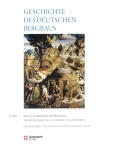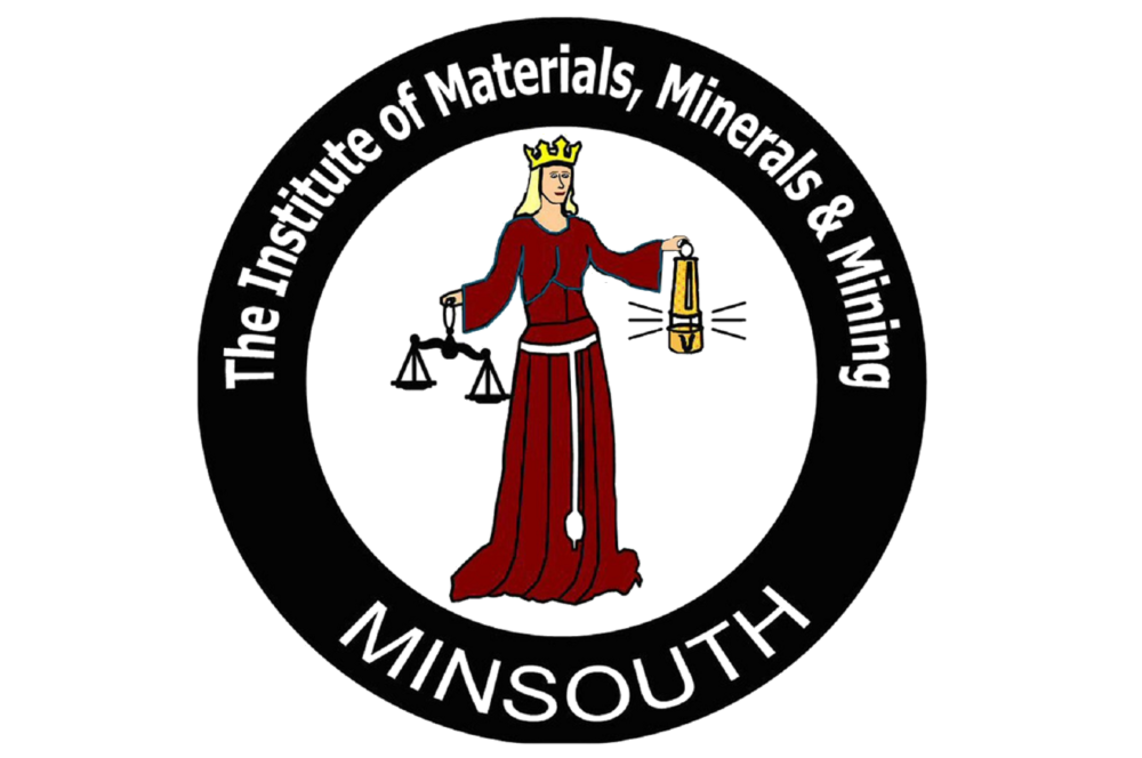 | Title | History of German mining, volume 1: ancient European mining from its beginnings to the middle of the 18th century. (Geschichte des Deutschen Bergbaus, Band 1: der alteuropaische Bergbau von den Anfangen bis zur Mitte des 18. Jahrhunderts.) |
| Authors/editors | ed. Bartels C., Slotta R. (authors Stollner T., Bartels C., Klappauf L., Kraschewski H.-J., Bingener A., Fessner M., Slotta R.) | |
| Publisher | Munster, Germany: Aschendorff Verlag | |
| Date | 2012 | |
| Pages | 691 | |
| ISBN | 978-3-402-12901-2 (whole set 978-3-402-12900-5) | |
| Price | Euros 79 (subscription price) or Euros 89 (retail price). | |
| Review | All those interested in the origins and history of metal mining, or familiar with Agricola�s woodcuts of Saxon and Bohemian miners in the Erzgebirge, will realise how the techniques of mediaeval and early modern �German� miners influenced the rest of Europe and the New World. A survey of the archaeological and documentary evidence for the industry�s development in the region, from flint right through to coal mining, is therefore welcome. For the unfortunate majority who read little or no German, any history will be judged primarily by the range and value of its illustrations, but the editors of this beautifully produced 4-volume work aim to throw light on the numerous and fascinating aspects of German mining history by including lengthy discussion not only from mine history specialists but also social, economic, legal and cultural historians. For the 618 pages of volume 1, mainly comprising five long chronological sections, there are 168 illustrations: relatively few, though carefully selected; only the final brief chapter on (silver) mining as a cultural catalyst could be described as lavishly illustrated. So, for example, the first sub-section on the Stone and Copper Ages reproduces a coloured table of 22 minerals, rocks and ores, from flint and obsidian to malachite and haematite, with their various functions; the opposite page has a corresponding map of central European locations for flint, rock and pigment mines, but the next 14 pages of text on pigments, different flint periods, jadeite, salt, copper and gold are enlivened by photographs of only a few selected excavations, tools and patterned metal discs. Illustrations in subsequent sections are varied and unfamiliar: for a book mainly about mediaeval mining in Germany, it was pleasing to find Agricola�s woodcuts not appearing until p.380 (figs. 101-102, in a section on transport) and again only once on p.548-9 (figs 140-141, among a range from other sources showing technical developments in water power). Instead the early sections have numerous maps, first of locations for activity of different periods and then of mediaeval towns or mining complexes, as well as modern technical sketches of reconstructed equipment or furnaces. As the emphasis on archaeology gives way to discussion of legal documents, manuscripts and marginal drawings are reproduced and photographs included of mediaeval mines, sites or buildings. 16th century miners� activities are illustrated from the Schwazer Bergbuch of 1554 and by the end of the central section on the great age of silver, the many pages of dense text are accompanied by production tables for precious metals and by tantalising glimpses of the industry�s international influence: a Nigerian illustration of a Portuguese soldier on Benin bronze made from imported European raw materials; a 1584 picture of Spanish silver mining at Potosi in Bolivia; and a Namibian photograph of the copper cargo from a wrecked Portuguese ship bound for India in the 1530s. This is a volume that would well repay time spent delving into on any one of its sections, although the price wouldn�t quite warrant its purchase for browsing by those with no German at all. Score out of 10: 10 | |
| Reviewed by | Frances Perry a BA BA Dip. Lib | |
History of German mining, volume 1
Ancient European mining from its beginnings to the middle of the 18th century. (Geschichte des Deutschen Bergbaus, Band 1: der alteuropaische Bergbau von den Anfangen bis zur Mitte des 18. Jahrhunderts.)
